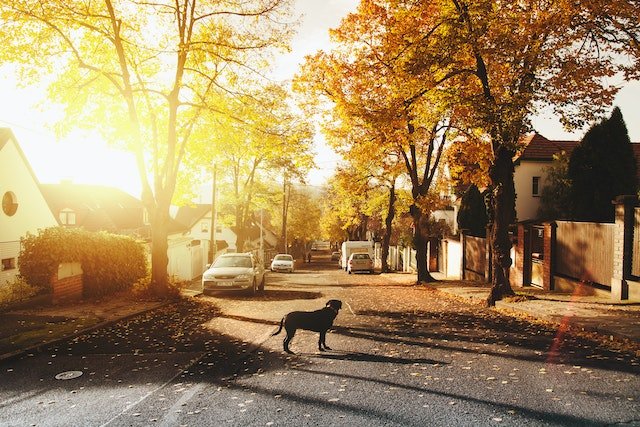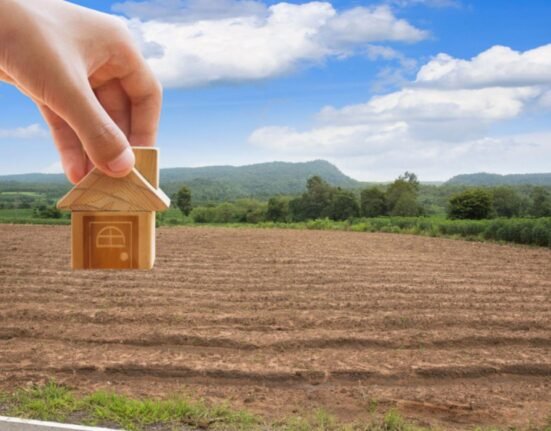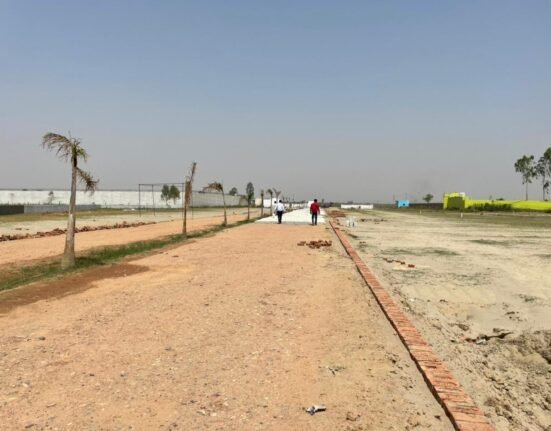Welcome to the bustling city of Washington, DC, where sustainable living and eco-friendly initiatives take center stage. In a world increasingly conscious of environmental impact, the capital of the United States emerges as a shining example of urban sustainability. As the demand for eco-friendly neighborhoods grows, this city answers the call with its commitment to green living. The city’s dedication to environmental responsibility helps preserve the planet and enhances the quality of life for its residents. Vibrant culture, thriving job market, and many eco-friendly neighborhoods in Washington, DC, it stands as an enticing destination for those seeking a sustainable and fulfilling lifestyle.
Brookland: A Haven for Green Spaces and Eco-Friendly Initiatives
Brookland is a true haven for green spaces and eco-friendly initiatives. This neighborhood has parks, gardens, and tree-lined streets, providing residents with tranquil retreats and opportunities to connect with nature. From the lush greenery of the Franciscan Monastery gardens to the scenic trails of the Turkey Thicket Recreation Center, Brookland offers a wealth of outdoor spaces that promote well-being and environmental appreciation. Additionally, Brookland boasts sustainable transportation options and bike-friendly infrastructure, encouraging residents to opt for eco-conscious modes of travel. This neighborhood has an engaged community that fosters environmental stewardship through grassroots efforts, community gardens, and initiatives promoting sustainable living, making it a great place to find your first home. Brookland’s commitment to green spaces, sustainable transportation, and community-driven environmental activism makes it a shining example of a neighborhood dedicated to creating a greener and more sustainable future.
Georgetown: A Historical Gem Embracing Sustainable Practices
Georgetown, a historical gem nestled within the heart of Washington, DC, not only exudes charm but also embraces sustainable practices with open arms. This neighborhood takes pride in its green infrastructure and energy-efficient buildings, showcasing its commitment to reducing carbon footprint and conserving resources. Beyond that, Georgetown fosters a strong sense of community through its numerous community gardens and urban agriculture initiatives, allowing residents to participate in the cultivation of their fresh produce actively. What sets Georgetown apart is its ability to seamlessly preserve its rich historic charm while prioritizing sustainability, offering residents the unique benefits of living in a community that seamlessly blends the past and the future, where sustainable living harmoniously intertwines with timeless beauty.
Adams Morgan: Where Sustainability Meets Vibrant Culture
Embracing diversity and sustainability in equal measure, Adams Morgan is a testament to the harmonious intersection of vibrant culture and eco-consciousness. This eclectic neighborhood boasts a kaleidoscope of cultures, evident in its diverse residents, international cuisine, and live music scene. Amidst the vibrant atmosphere, Adams Morgan shines a spotlight on eco-friendly initiatives that make sustainable living a way of life. The neighborhood’s bustling farmers’ markets unite local farmers and conscious consumers, offering a bountiful array of organic produce and artisanal goods. In addition, Adams Morgan encourages alternative modes of transportation with its extensive bike-sharing programs, promoting cleaner and greener commuting options. By seamlessly blending sustainability and cultural vibrancy, Adams Morgan creates a dynamic community where eco-friendly choices enhance the neighborhood’s unique tapestry of life.
Capitol Hill: Green Living in the Heart of Politics
One of the best eco-friendly neighborhoods in Washington, DC, Capitol Hill not only exerts its influence on governance but also champions green living and sustainability. If you ever decide to move to this neighborhood, Beltway DC professionals can always give you advice on moving. This exceptional neighborhood showcases a seamless fusion of political power and environmental stewardship. Capitol Hill’s commitment to sustainability is evident through its impressive array of LEED-certified buildings, which employ innovative design and energy-efficient practices. Moreover, the neighborhood takes recycling seriously, with robust recycling programs to minimize waste and promote a circular economy. As politicians debate policies within the hallowed halls, Capitol Hill serves as a living testament to the importance of sustainable practices, demonstrating that even the heart of politics can embrace a greener future.
Eco-Friendly Neighborhoods in Washington, DC: TheWharf
Standing proudly along the sparkling waterfront, The Wharf is undergoing a remarkable revitalization that prioritizes eco-friendly practices. This reimagined neighborhood exemplifies a commitment to preserving and enhancing its natural surroundings. The Wharf boasts state-of-the-art stormwater management systems ingeniously designed to mitigate the impact of heavy rainfall and promote water conservation. Additionally, the neighborhood harnesses the power of renewable energy. It has solar panels adorning rooftops and wind turbines dotting the landscape. Amidst the vibrant mix of entertainment venues and breathtaking views, The Wharf is a shining example of sustainability, seamlessly blending urban living with environmental stewardship.
Shaw: A Neighborhood on the Rise, with Green Values
As Shaw continues its upward trajectory, this dynamic neighborhood is earning recognition for its strong commitment to sustainability. With an influx of new residents drawn to its vibrant atmosphere, Shaw embraced green values to create a thriving eco-friendly community. The neighborhood has fostered community through community gardens and urban agriculture initiatives. That is where residents come together to grow fresh produce and nurture a connection with nature. Shaw’s has an innovative construction approach, featuring energy-efficient buildings that minimize environmental impact.
If you are one of the future residents of this community and are in the process of moving to DC and hiring long-distance movers, finding moving help in the area is very important. Only reliable movers ensure you a stress-free move. As Shaw evolves, it serves as a beacon of inspiration. Specifically, it shows that an up-and-coming neighborhood can prioritize green living for the betterment of its residents and the planet.
Navy Yard: Innovation and Sustainability
This once-industrial area now stands as a shining example of urban renewal, with a strong focus on eco-conscious initiatives. Navy Yard has transformed remarkably into a sustainable waterfront community where innovation and sustainability intertwine. Its commitment to sustainability is evident in its robust green infrastructure. That includes rain gardens, permeable pavements, and bioswales. All of these effectively manage stormwater runoff and preserve the health of the Anacostia River. The neighborhood also boasts several LEED-certified developments, setting a high standard for energy efficiency and environmentally-friendly design. Navy Yard showcases the power of revitalization through its innovative and sustainable practices. Specifically, it creates a harmonious relationship between urban living and the natural world.
Conclusion
There are numerous eco-friendly neighborhoods in Washington, DC, showcasing the city’s unwavering dedication to sustainable living. From the historic charm of Georgetown to the waterfront allure of The Wharf, these neighborhoods embody the benefits of a greener lifestyle. By living in eco-friendly communities, residents contribute to environmental preservation and enjoy a higher quality of life. They also have access to green spaces, renewable energy, and community-driven initiatives. As you consider your options in Washington, DC, prioritize eco-friendly neighborhoods. Choose a location that aligns with your values and contributes to a more sustainable future.








